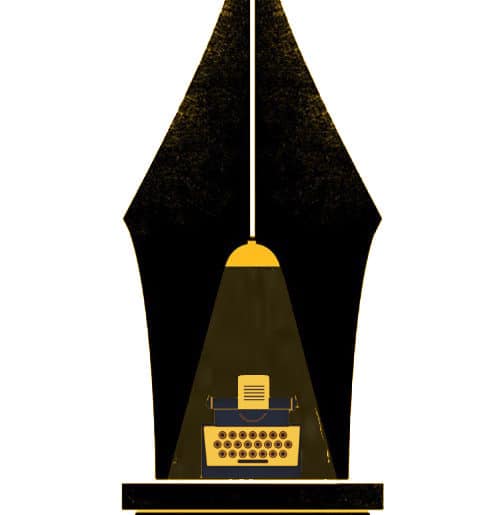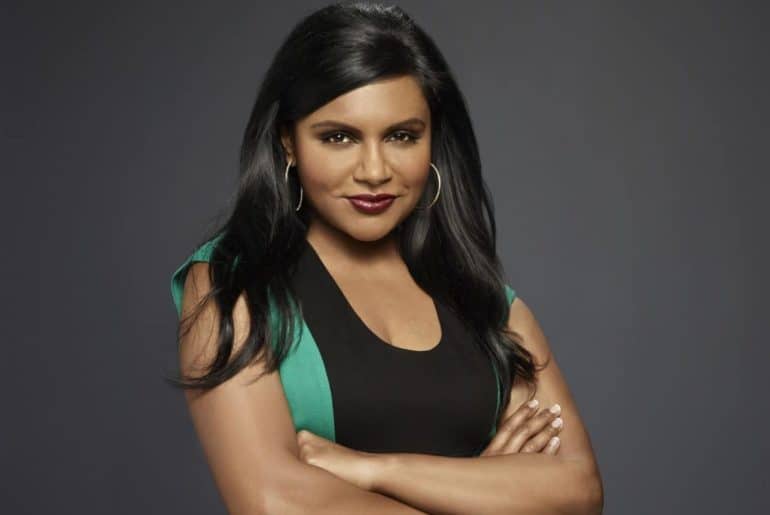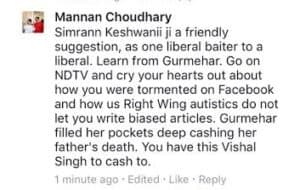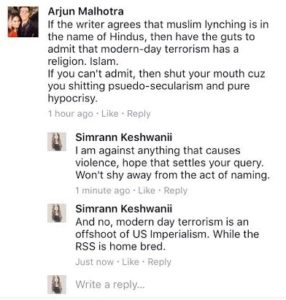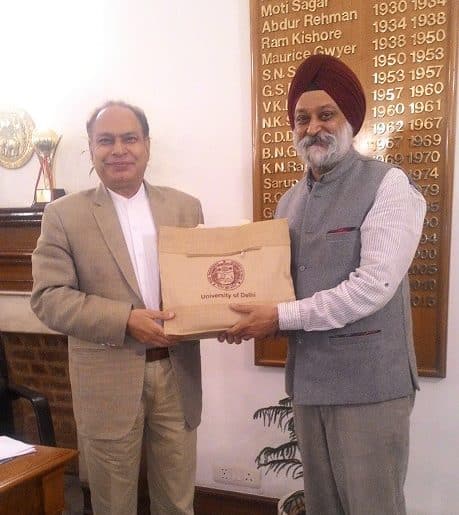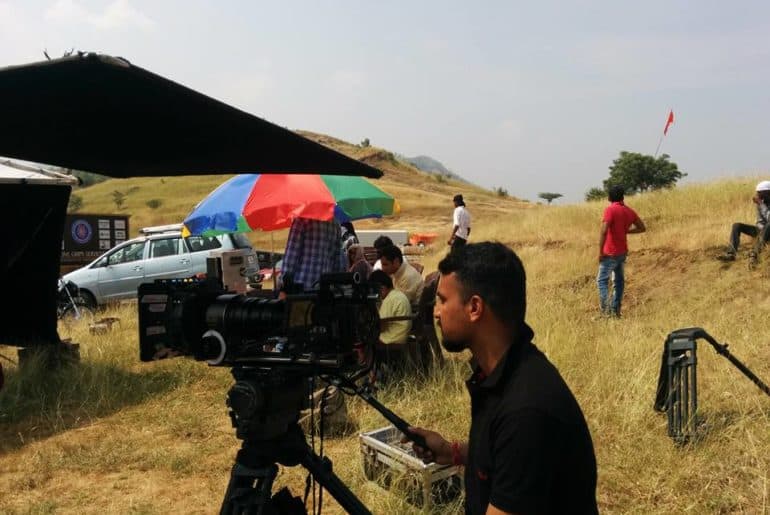In the midst of the unclear selection criteria, the inability of colleges to prepare students for corporate interviews, and the inclination of prosperous packages to only prime colleges, placements have become a tricky territory to navigate.
When you see a third-year student with a formidable countenance, sitting in formals, tapping their feet in nervous anxiety, it is a nobrainer that the student is awaiting the result for the last round of the recruitment drive. A little hope, a little fear, and plenty of drama are what could potentially sum up the tormenting interview rounds. If the fear turns out real then there are high chances of feeling wornout and developing loathsome feelings for the company. Being a student who’s already faced rejection from multiple companies, it is disheartening to tell your loved ones that you didn’t crack it. What is even more saddening is that you feel worthless, and the weariness of the day translates to a lack of efficiency in the remaining recruitment drives. Since these jobs are exclusive to many University of Delhi (DU) graduates, it needs to be asked: are these jobs worth the hassle?
From what can be noticed through simple observation, the compensation offered to graduates does not seem enough to sustain a metropolitan lifestyle. The packages offered by most companies fall in the bracket of three to four lakh per year and that means barely enough salary to make the ends meet, let alone keep aside some savings. The job profiles are often not what students aspire to do right out of college, and securing placement in the popular profiles is a tough nut to crack. The precursor for most students is exposure and the fear of sitting idle, which is why factors like job profile and compensation take a backseat.
Top colleges of DU, like Shaheed Sukhdev College of Business Studies and Shri Ram College of Commerce are adrift from this concept to a certain degree, as many companies come to these colleges with reasonably good profiles and higher than average packages. Meanwhile, other colleges, especially the newer and off-campus ones, are yet to have an active, functioning placement cell to remove the aforementioned barriers.
If all companies do visit these campuses, students from courses other than Commerce and Economics are not eligible to sit for these drives. In many colleges, students who do secure placements are debarred from sitting in the forthcoming ones. DU’s Central Placement Cell is a right step in this direction, but the odds of securing a job are lesser with more number of applicants.
The latent, fundamental problem behind placements in DU is the lack of knowledge of the job profile. Colleges give little insight into what the corporate world expects out of students. The subject structures of many courses fail to equip students with the necessary knowledge they need to decide which field they’d like to start their career in. With surface-level knowledge and ambiguity on a lot of topics, the course structure is still bent towards academic learning over joboriented learning. The Choice Based Credit System, which proclaims of being studentoriented, that offers choice and mobility to students remains ineffective. Due to lack of infrastructure or lack of enthusiasm for college administration, the “choice” remains nonexistent.
Another recurring issue amongst college graduates is the seemingly dubious methods employed by recruiters to judge candidates. Interviewers give higher weightage to a candidate’s ability to speak English fluently over their knowledge in the field. The Human Resources round continues to be hit-or-miss in many cases, and the candidate is left in the lurch, wondering what went wrong. Thus, there is a scope of countless permutations out of it and no fixed answer.
Given a fresher’s limited knowledge of everything corporate, it’s understandable why companies employ conventional wisdom to assess candidates. What could, however be added, is a proper feedback mechanism, and above all, a move to conduct more offcampus recruitment drives that assess a candidate on meritorious grounds and not on the basis of which college he/she belongs to.
To all my fellow third-year students who’ve faced rejection, it’s imperative to realise how inconsequential these placement drives are in the larger scheme of things. There’s probably a better job offer waiting for you in the coming months!
Vijeata Balani

